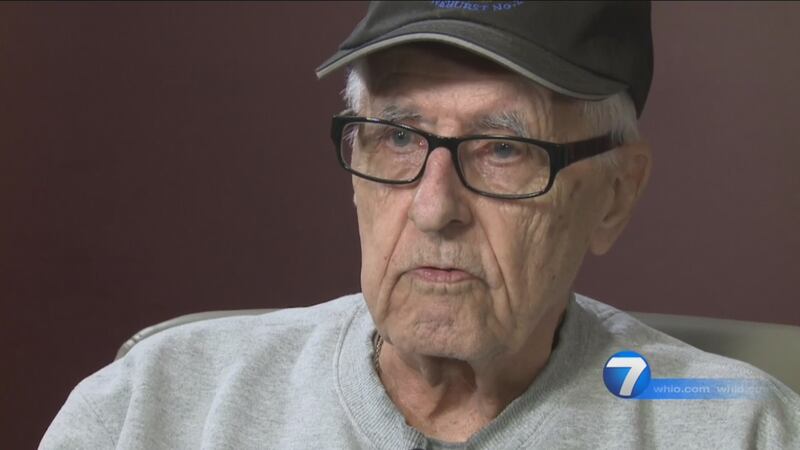A recent federal ruling against Veterans Affairs now means hundreds of thousands veterans may be owed as much as $6.5 billion in emergency room bills the VA declined pay.
News Center 7 I-Team’s Matthew Simon broke the story nationally more than three years ago and has continued to cover it ever since.
>> RELATED: I-Team: Healthcare loophole can leave veterans responsible for emergency bills
He’s been working to find out how all of these veterans will get their refunds — if ever — and where those billions will come from.
Co-payment. The case argued over a word that most people are familiar with.
Three years ago, a panel of U.S. Court of Veterans Appeals judges ordered the VA to follow the law and pay emergency care bills for veterans who had other insurance and went to non-VA hospitals.
But the VA never started paying.
Hundreds of thousands of people who served their country were left with big emergency room bills to pay out of their own pocket.
One of those veterans is 86-year-old Richard Staab of Minnesota.
He was left with bills totaling almost $48,000 for a heart attack and stroke after he received medical care for at a non-VA hospital.
The I-Team first met Staab in February.
“‘You enlist with us you get to have all healthcare taken care of.’ That was the big thing back then,” he said.
He sued when the VA wouldn’t reimburse him because he had other health insurance.
His lawsuit was based on a 2010 law that required the VA to pay.
But they still did not.
The VA declined to reimburse Staab because Medicare covered part of his bills.
>> RELATED: Veteran healthcare refunds: How the Staab Rule is supposed to help
But the court ruled that the VA was intended to act as a “secondary payer” when other insurers only covered a portion of emergency medical bills.
Staab’s lawsuit led to a new rule named after him, the Staab Rule.
Still to this day, he hasn’t seen a dime.
“Let's face it. You don't like you talk about sadness,” he said. “You'd rather talk about something that was cheerful.”
When the I-Team reported Staab’s story earlier this year, congressional sources told us Staab was not alone.
VA lawyer Christopher Bader later said the government had no evidence any veteran had been paid more than one $12 payment under the Staab Rule.
As the Staab Rule began being implemented last year, the VA secretary added language making it so any VA would treat any remaining bills “similarly” to cheaper co-payments, including much more expensive coinsurance.
Effectively, that added language made veterans more responsible for their non-VA emergency bills just as before the Staab Rule.
A class action lawsuit filed in October 2018 claimed the regulation violated the Emergency Care Fairness Act because it added deductibles and coinsurance to the list of non-reimbursable payments.
On Sept. 9, a judge ordered that language be thrown out, and required reimbursement as Congress intended.
Calling the position “inherently absurd,” Judge William S. Greenburg wrote, “Deductibles and coinsurance are not ‘similar’ to a co-payment.”
Under federal law, if a veteran dies, their benefit dies with them.
In an affidavit swearing he had not been paid as the government claimed, Staab wrote, “I will be 87 years old as of Nov. 19 and it is my hope that reimbursement will be paid before I die.”
After suffering another stroke in 2017, the VA used the Staab Rule’s “similar payment” language to deny Staab reimbursement.
Veterans told the I-Team’s Matthew Simon that because of these billing horror stories, they’re more afraid of going to the closest non-VA emergency room over the chance they may die and leave their loved ones with the bill.
The judges never said in their orders when the VA has to pay back the hundreds of thousands of veterans as much as $6.5 billion.
The executive director of the group behind the class action lawsuit said they’re considering options to deal with that question.
We still do not know how many Ohio veterans are affected by the ruling because the VA has not responded to the I-Team’s records request.







